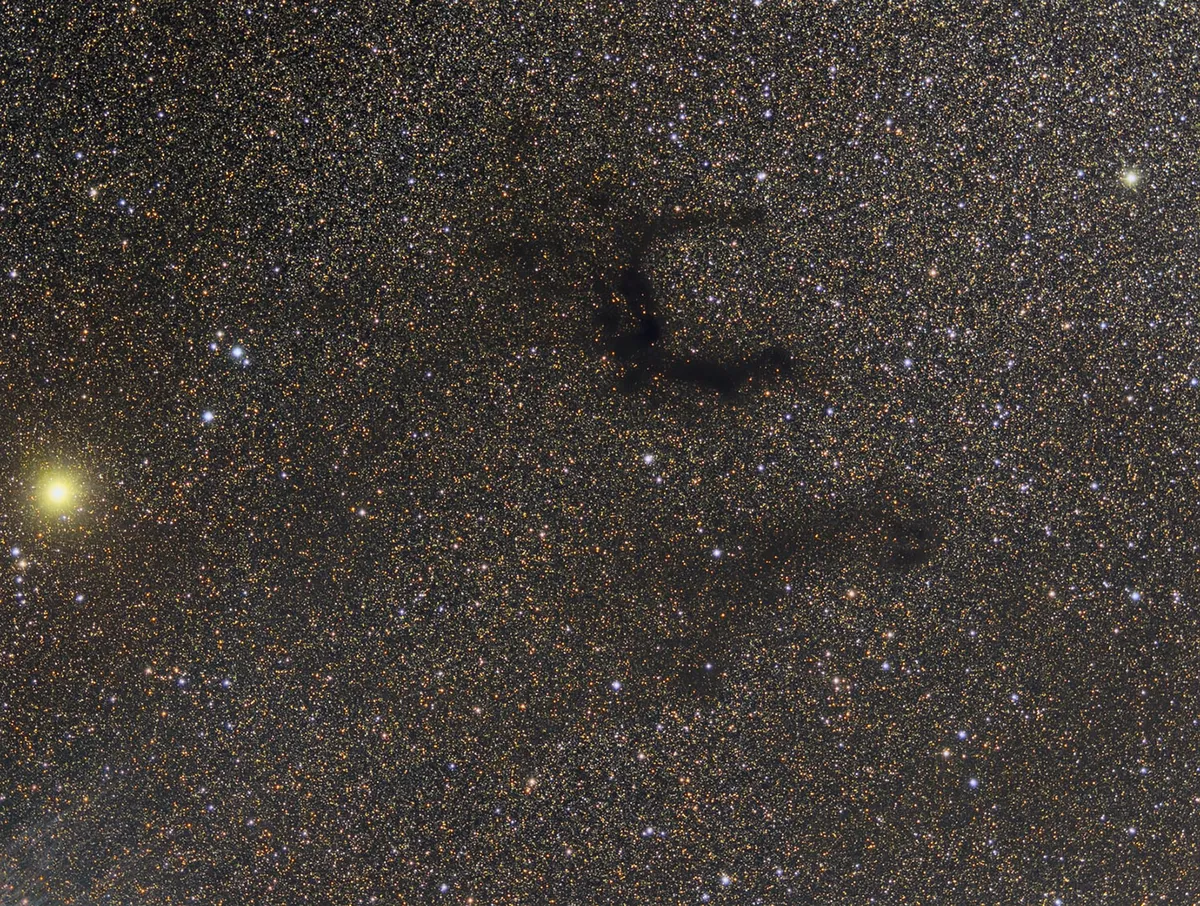The Messier and NGC catalogues are undoubtedly the most famous astronomical references for deep-sky objects. But despite their brilliance as sources of what you can see in the night sky, they are just the tip of the iceberg. There are dozens of other catalogues and many more fascinating sights that aren’t mentioned within them.
The idea of listing what can be seen in the night sky didn’t begin with Messier; it started well over 3,000 years ago, when Sumerian and Babylonian astronomers started recording stars and constellations.
But it wasn’t until the invention of the telescope that the previously invisible deep-sky objects appeared – and with them the first deep-sky catalogues.
Read more:
- 8 Messier objects to spot in the night sky
- 6 planetary nebulae to spot in the night sky
- How to see the Milky Way
This is not to say that no deep-sky objects were known before this time; it’s just the ones that had been found were considered to be fuzzy stars or small ‘clouds’, such as the Andromeda Galaxy.
However, it was not the telescope that uncovered the true nature of deep-sky objects, but the scientific progress that followed.
The Andromeda Galaxy, designated M31 in the Messier Catalogue, was still thought to be a nebula after nearly 200 years of telescope observations. It wasn’t until the 1920s that Edwin Hubble proved that it is an independent spiral galaxy that exists outside the Milky Way.

The Messier Catalogue
The Messier Catalogue remains popular among amateur observers because the objects in it are fairly bright and easily visible through small telescopes.
The catalogue contains 110 entries – all 103 from the original 1781 catalogue and an additional 7 added between 1921 and 1967.
The list was extended based on notes found in the original 18th century observations of Messier’s assistant, Pierre François Méchain.
In fact, around a quarter of the Messier objects were discovered by Méchain – although if they knew what the catalogue was being used for today they might be a little surprised.
The two Frenchmen were comet hunters, and both comets and these deep-sky objects appeared as fuzzy blobs in the telescopes of the time.
They hatched a plan: they would make a list of the annoying, ever-present nebulae and other objects, a catalogue of things to avoid while comet hunting.
The irony is that their magnum opus is now considered to be the definitive collection of deep-sky objects not to be missed.

The NGC Catalogue
The Messier objects are dotted randomly over the night sky, but the other well-known list is much more systematic in its approach.
The New General Catalogue of Nebulae and Clusters of Stars (NGC), compiled in 1888 by John Dreyer, works around the sky in order of each object’s right ascension.
It is also much larger than the Messier Catalogue, with 7,850 entries. This was also extended by the two-part Index Catalogue of Nebulae and Clusters of Stars (IC), which added a further 5,386 objects. Together, they form the most comprehensive list of visible deep-sky objects.
How could Messier and Méchain miss so much? By the time Dreyer created his catalogues the standard of telescopes had improved and their size had increased substantially.
That, in turn means that today’s amateur astronomers need much larger scopes to explore many of the NGC and IC objects.
Improved technology and scientific methods has led to new catalogues, many of which focus on one specific class on night-sky object – star clusters, X-ray and radio sources and emission nebulae among them.
Some are the result of surveys made by professional observatories – several are derived from the Palomar Observatory Sky Survey – others are the efforts of impassioned individuals who, like Messier, were single-minded in their observations.
There are even a few created specifically for amateur use, including the Herschel 400 and Patrick Moore’s own Caldwell Catalogue; both useful bridges to jump from the 110 objects of the Messier Catalogue to the near 8,000 of the NGC.
4 deep-sky catalogues worth seeking out
1
Melotte

Contains Open and globular clusters
Created by Philibert Jacques Melotte in 1915, based on photographs taken by British astronomer John Franklin-Adams and published posthumously a year earlier.
Most famous object Melotte 111 in Coma Berenices. See it in early June at 23:00 BST, high in the southwest, using binoculars.
2
Collinder

Contains Open star clusters
Created by Swedish astronomy graduate Per Collinder in 1931 as an appendix to his dissertation.
Most famous object Collinder 399 in Vulpecula, also known as Brocchi’s Cluster or the Coathanger. See it at the end of July at 23:00 BST, high in the south, using binoculars.
3
Abell

Contains Galaxy clusters
Created by Created by George Abell in 1958. The original version was based on the Palomar Observatory Sky Survey and listed 2,712 objects. A further 1,361 were added in 1989, after Abell’s death.
Most famous object A1656 in Coma Berenices. See it in early June at 23:00 BST, high in the southwest, using a large telescope.
4
Barnard

Contains Dark nebulae
Created by The work of Edward Emerson Barnard, published after his death in 1923. The catalogue was extracted from his Photographic Atlas of Selected Regions of the Milky Way.
Most famous object B142 and B143, ‘Barnard’s E’ Nebula in Aquila. See it at the end of July at 23:00 BST, in the south, using binoculars.
This guide originally appeared in the June 2013 issue of BBC Sky at Night Magazine.

